By Oliver DeMille
 During the last decade a number of books on education have promoted the need to put freedom back into our schools.
During the last decade a number of books on education have promoted the need to put freedom back into our schools.
I have long called this the Thomas Jefferson Education (TJEd) approach to learning, and I have enjoyed the many books and research that increasingly prove the common-sensical reality that students learn better when they are free to be self-directed and follow their passions.
Indeed, in a free model most students learn better in all subjects, not just in their chosen areas of focus.
Peter Gray’s book Free to Learn is an excellent addition to this genre of books on restoring freedom in education.
Gray clearly states:
“Children are biologically predisposed to take charge of their own education.
“When they are provided with the freedom and means to pursue their own interests, in safe settings, they bloom and develop along diverse and unpredictable paths, and they acquire the skills and confidence required to meet life’s challenges.
“In such an environment, children ask for any help they may need from adults. There is no need for forced lessons, lectures, assignments, tests, grades, segregation by age into classrooms, or any of the other trappings of our standard, compulsory system of schooling.
“All of these, in fact, interfere with the children’s natural way of learning.”
So why did we create schools that so directly “interfere with the children’s natural way of learning”?
Gray shows that in tribal cultures the focus of childhood was playing and learning knowledge, skills, and how to live self-sufficiently and honorably.
When the agrarian revolution increased the need for child labor on farms, the values of school turned to toil, competition and status.
While Gray’s view of this is perhaps a bit idyllic, the reality is that modern schools are less concerned with student knowledge, skills, honor or abilities than with the universal goal of job training.
Certainly job training has an important place in advanced society, but Gray is focused on the education of children, and in fact the toll on children in our modern job-obsessed schools is very high.
For example, Gray cites one study, among others, that compares the levels of anxiety and stress of youth ages 14-16 in 1948 versus 1989:
Question: 1948 1989
“I wake up fresh and rested most mornings.” 74.6% 31.3%
“I work under a great deal of tension.” 16.2% 41.6%
“Life is a strain for me much of the time.” 9.5% 35.0%
“I am afraid of losing my mind.” 4.1% 23.4%
Why are we raising a generation of children and youth who are “stressed, not secure?”
Gray’s answer, based on a great deal of research which he outlines in the book, is that we have turned learning into a chore, a task, a labor, rather than the natural result of curiosity, interest, passion to learn, and self-driven seeking of knowledge and skills.
In short, we’ve taken too much play out of childhood and too much freedom out of learning.
The results are a major decline of American education in the last four decades.
The solution is to put freedom back into education.
Interestingly, Gray suggests that for many of the classrooms, schools, homes and teachers that have found a way to successfully overcome these problems and achieve much better educational results, one of the key ingredients is “free age-mixing.”
Where students are allowed to freely mix with other students of various ages, without grade levels, the capacity of individuals to effectively self-educate is much higher.
As for the impact on college and career success, students from free educational models excel.
This is a good book, and a must read for those who really care about education.
I don’t agree with everything the author teaches, but I learned something important on almost every page.
Whether or not you read Free to Learn, all of us who have children or work in education need to do more to promote the importance of increased freedom in education.
 Gray is a particular fan of “unschooling,” a type of homeschooling and private schooling where parents and teachers set an example of great education, create an environment of excellent learning, and let the kids become self-learners.
Gray is a particular fan of “unschooling,” a type of homeschooling and private schooling where parents and teachers set an example of great education, create an environment of excellent learning, and let the kids become self-learners.
While this may not be the ideal learning style for every student, it is the best model for a lot of them–and for nearly every young person under age 12.
If you disagree with this conclusion, you simply must read Gray’s book.
The research is impeccable.
If you do agree, the book can help you get to work setting a better example for any students in your life.
Another important book about freedom (and the lack of it) in modern education is Wounded by School by Kirsten Olson.
It outlines the normal ways in which modern education hurts most children, shows the history of why schools adopt such harmful policies, and suggests real solutions.
For example, Olson writes:
“Many theorists suggest that the purpose of schools is to mold and shape individual self-concept so that pupils will accept a particular place in society…”
Is this really what you want for your children?
On a larger scale, what is the impact on freedom of raising a generation of youth to “accept a particular place in society”?
This is a class system, pure and simple.
Olson points out that “Schools are deliberately designed to sort and track” students into order to promote the class system.
In my book A Thomas Jefferson Education I called this a conveyor belt approach to learning.
Olson also suggests that among the key ways modern schools wound students are things like the following:
I felt sick in school.
I’m in the middle.
I must comply.
I can’t measure up.
I am better than those below me.
I must impress my superiors.
What I want isn’t as important as what my betters want.
Creativity must be secret—my focus must be conformity.
Learning isn’t fun.
And for parents: “I feel helpless about saving my child,” and “The experts know what my kids need more than I do.”
Olson’s solutions center around bringing freedom back into schooling.
Indeed, this is the focus of a lot of cutting-edge books and research on education.
Above all, we need to be clear about one thing: Freedom works.
It does.
Freedom is the best choice in society and also in education.
If you are a parent or teacher, you have more power than you know.
(See the books reviewed here—Free to Learn by Peter Gray and Wounded by School by Kirsten Olson)
****************
 Oliver DeMille is the co-founder of the Center for Social Leadership, and a co-creator of TJEd. He is the NY Times Bestselling co-author of LeaderShift, and author of A Thomas Jefferson Education: Teaching a Generation of Leaders for the 21st Century, The Coming Aristocracy: Education & the Future of Freedom, and FreedomShift: 3 Choices to Reclaim America’s Destiny.
Oliver DeMille is the co-founder of the Center for Social Leadership, and a co-creator of TJEd. He is the NY Times Bestselling co-author of LeaderShift, and author of A Thomas Jefferson Education: Teaching a Generation of Leaders for the 21st Century, The Coming Aristocracy: Education & the Future of Freedom, and FreedomShift: 3 Choices to Reclaim America’s Destiny.
Oliver is dedicated to promoting freedom through Leadership Education. He and his wife Rachel are raising their eight children in Cedar City, Utah.



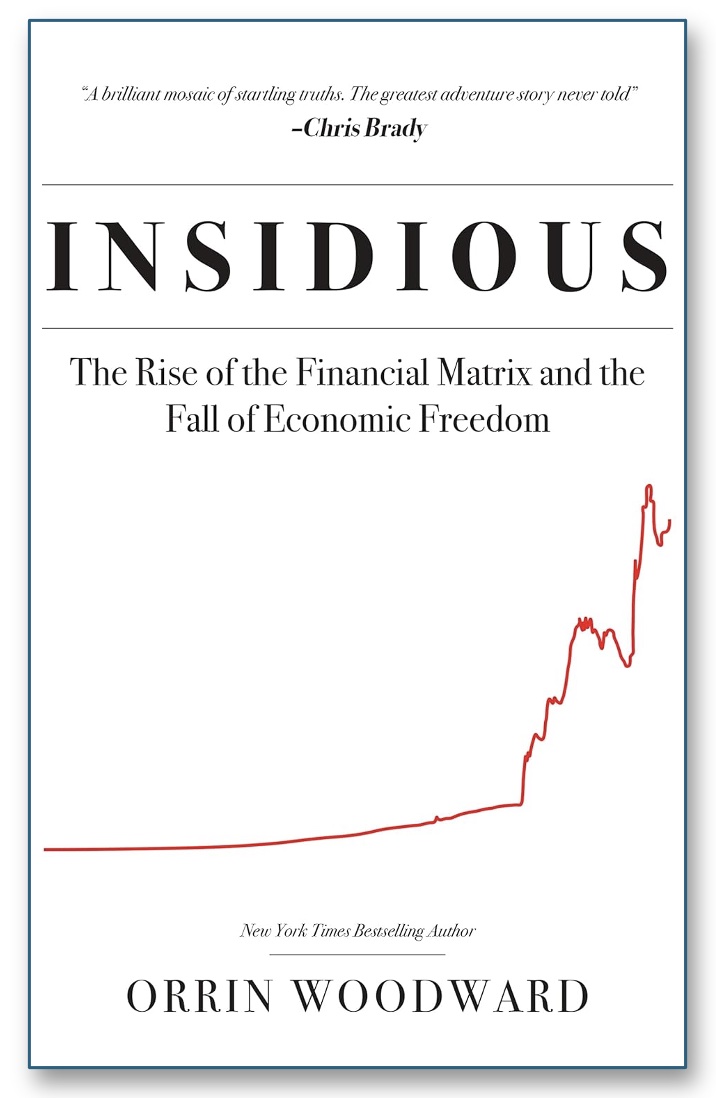

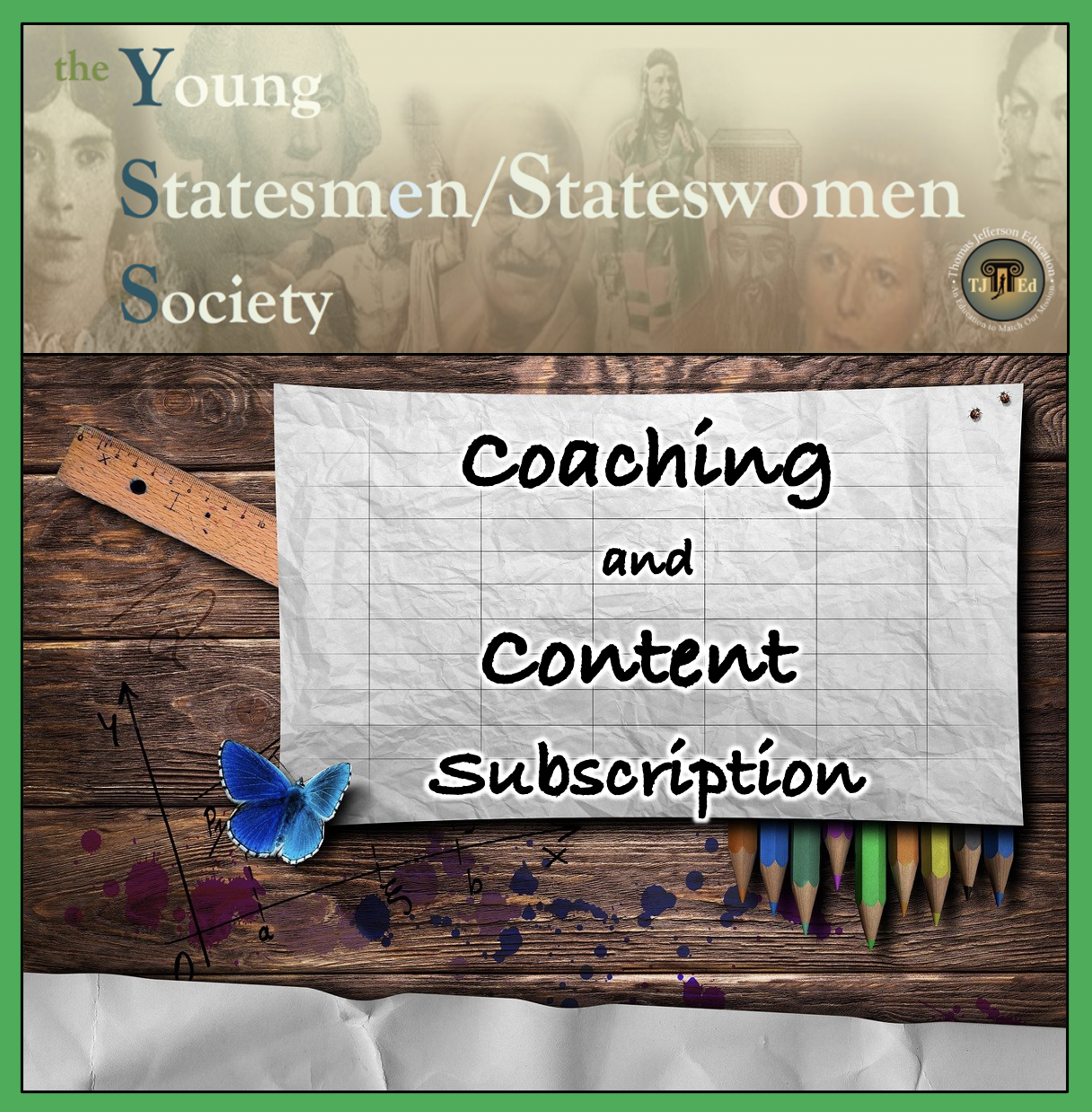
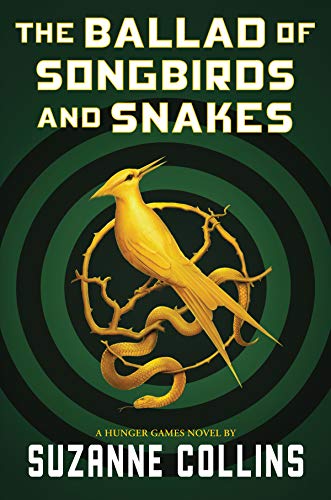
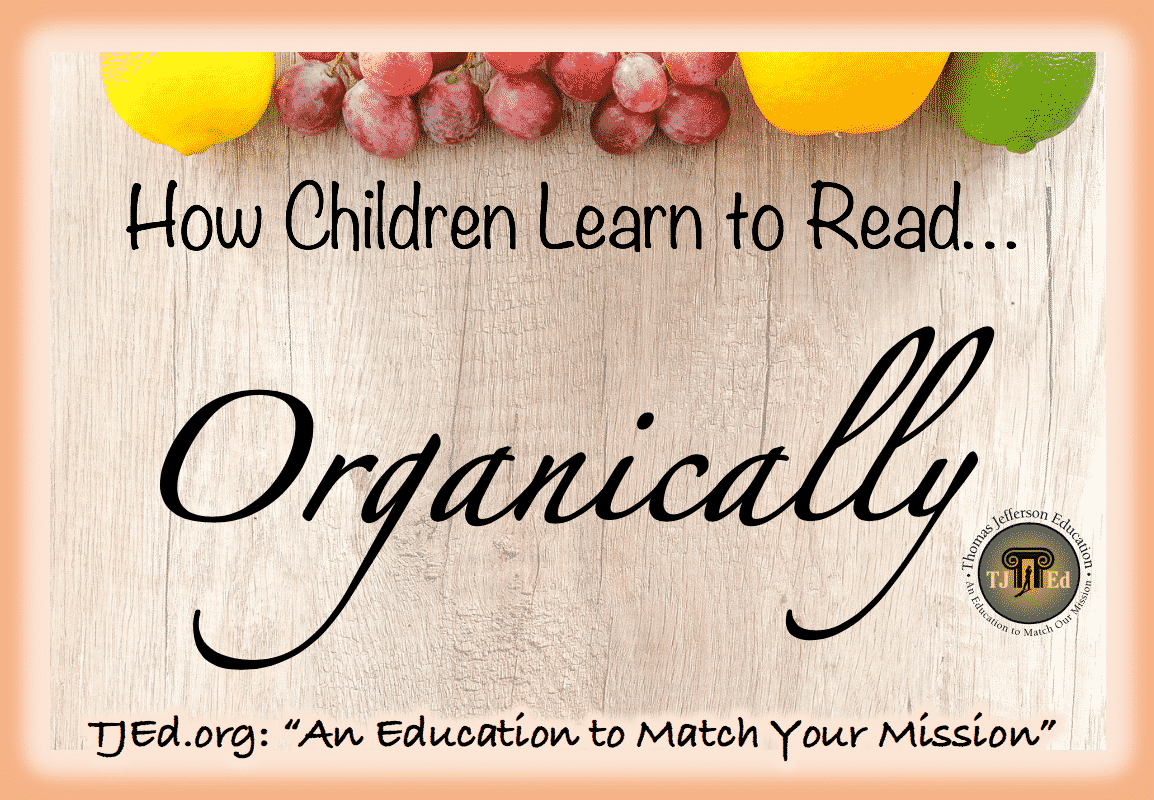
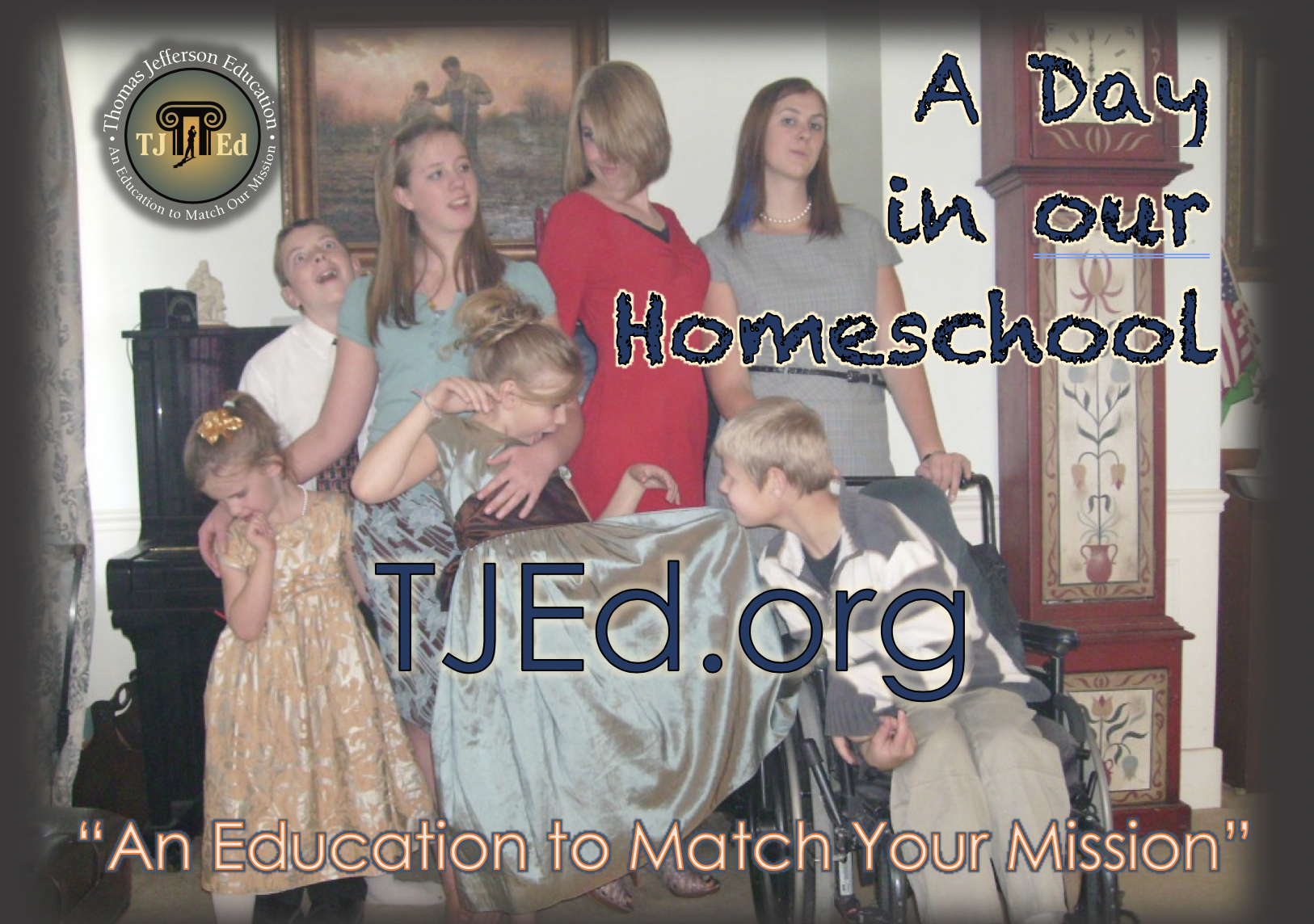
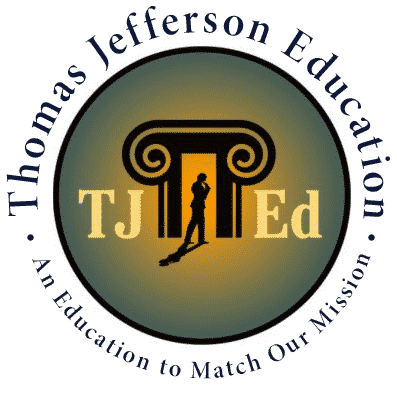
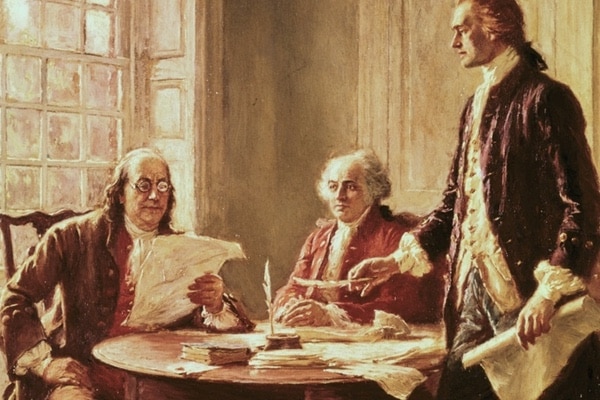
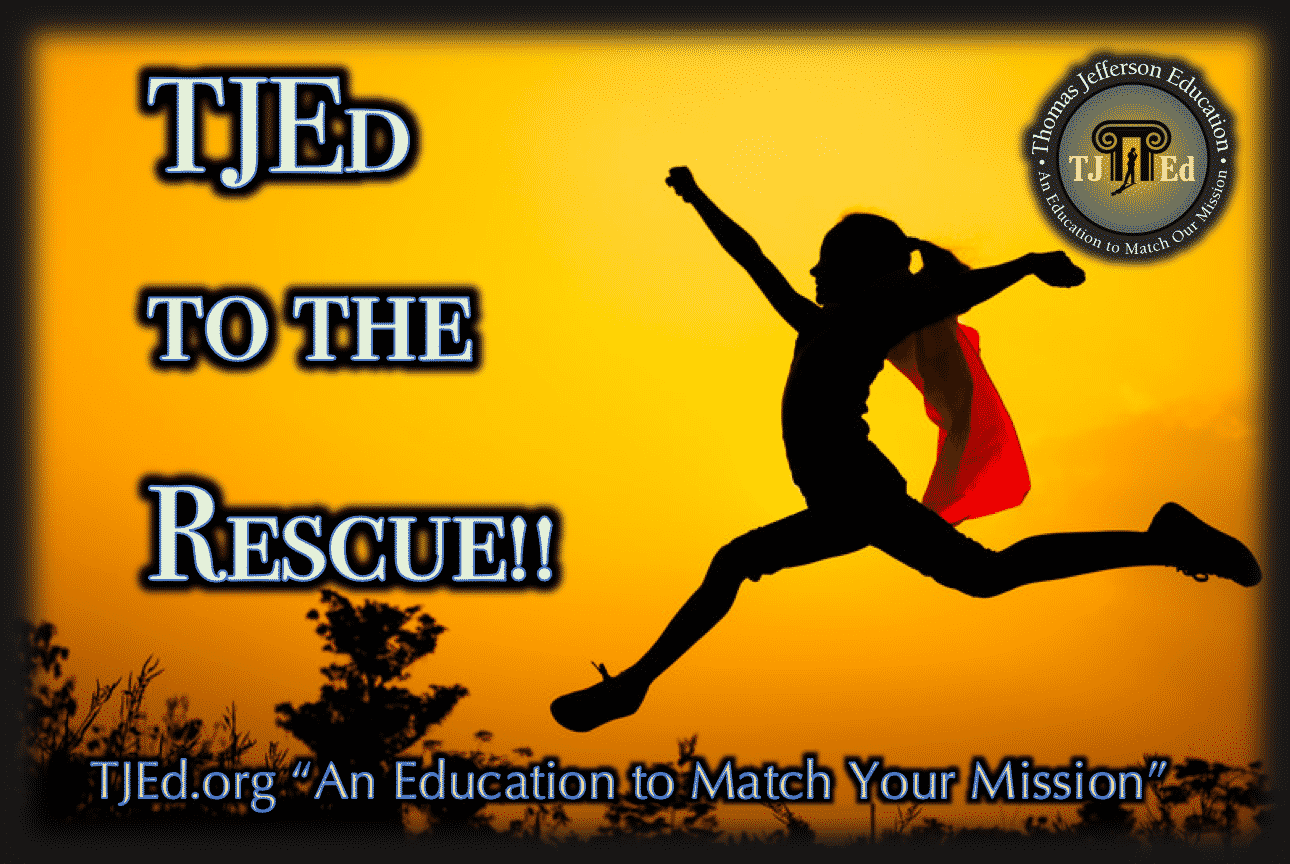
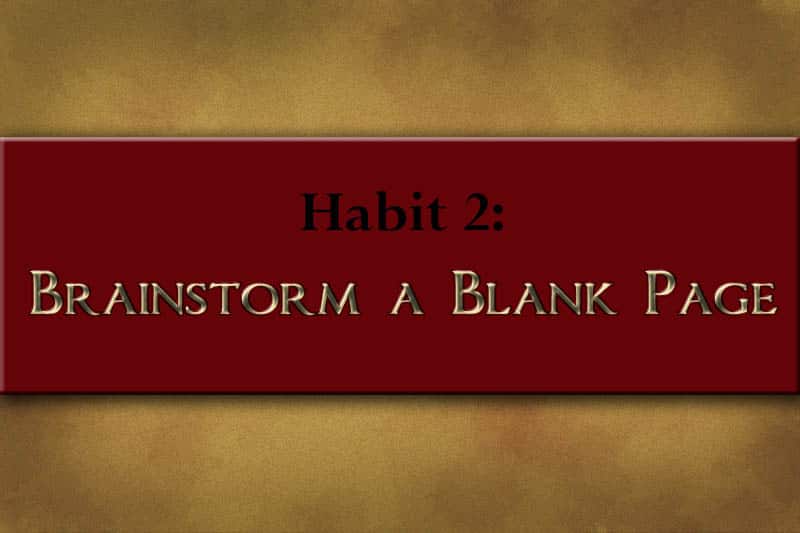


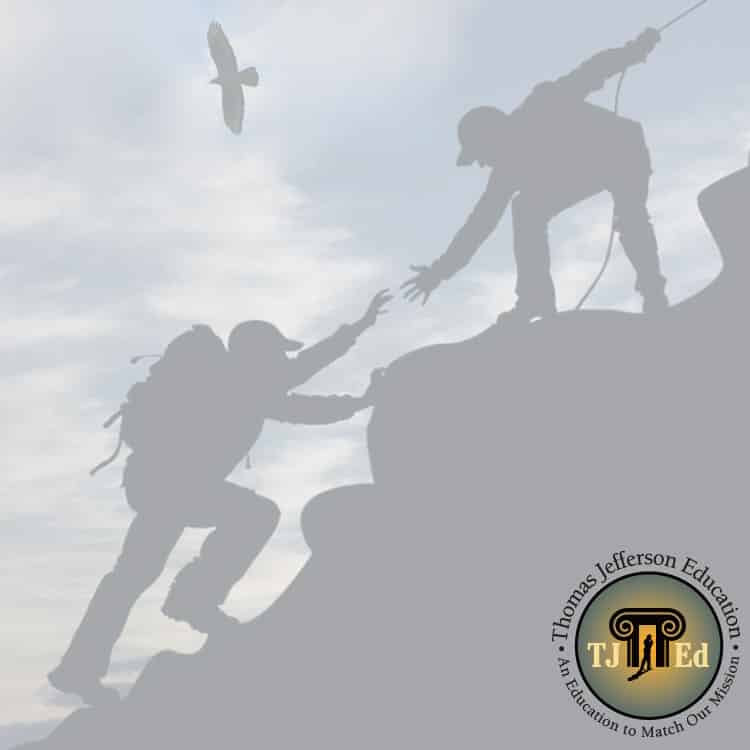
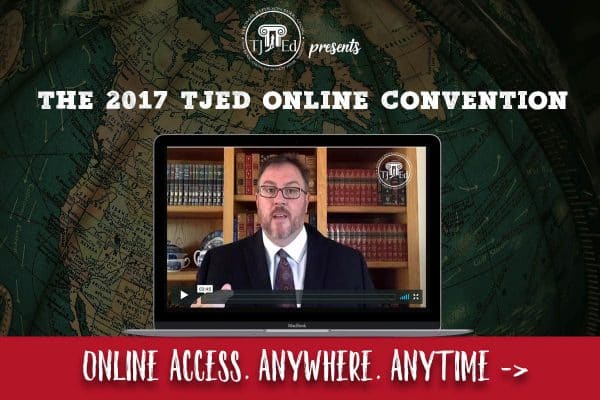




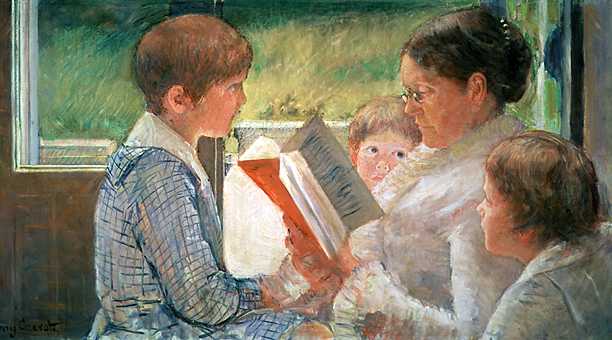

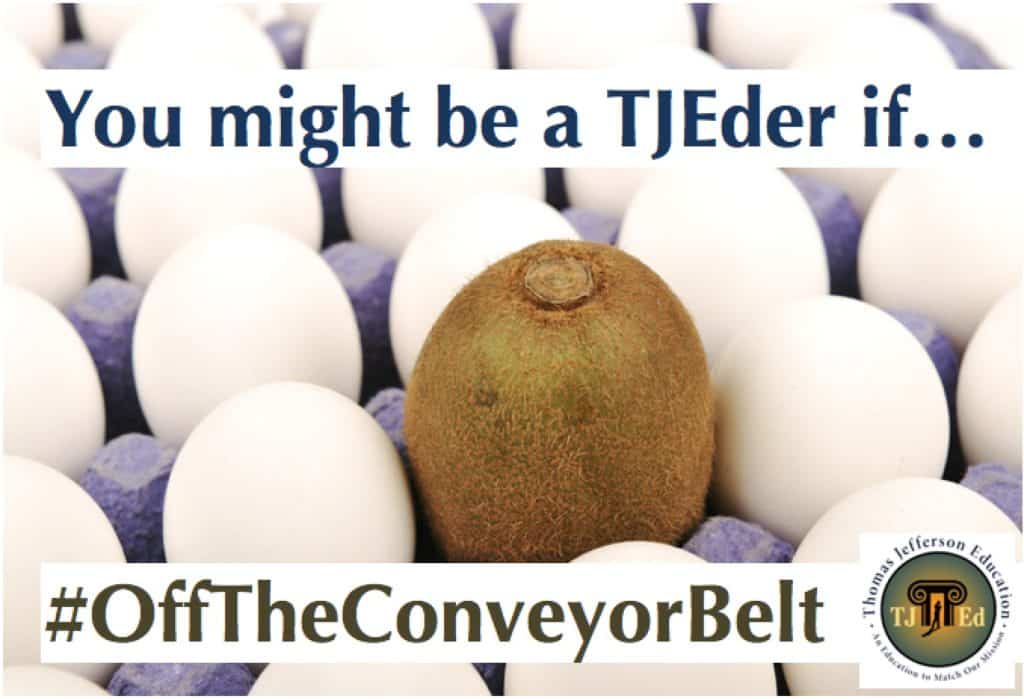


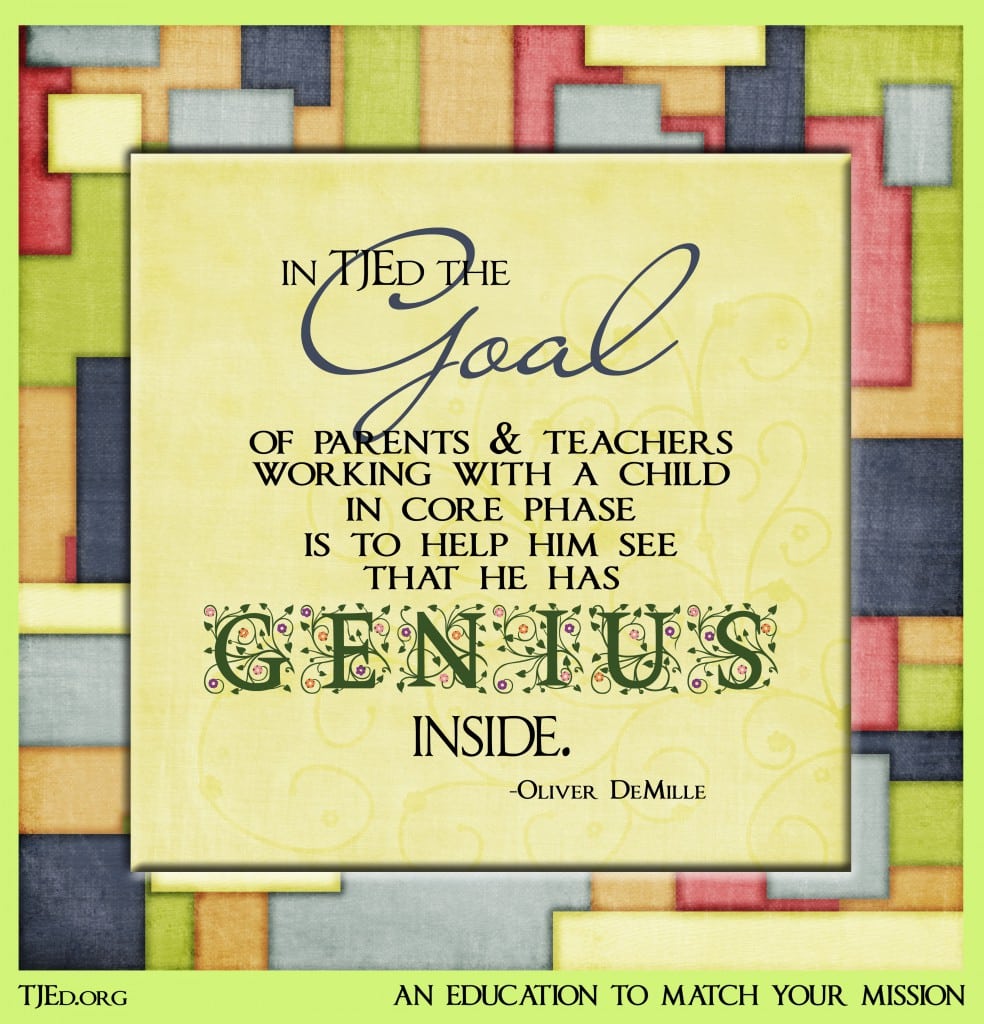


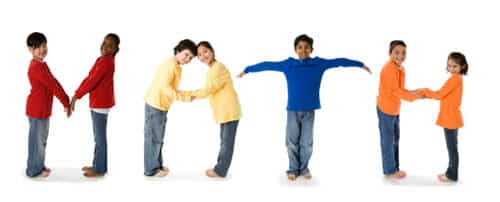
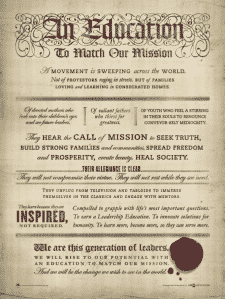


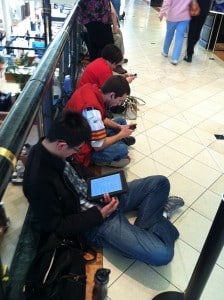
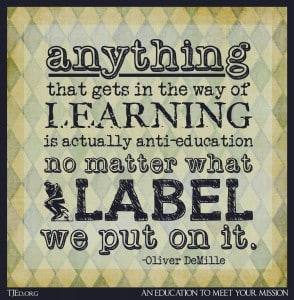
Just have to tell you how much I love these articles I get from the Weekly Mentor! This one, in particular, was particularly timely for me, coming so soon after your article on “Unschooling.” It is so hard to develop this mentality being raised ‘on the conveyor belt,” so to speak. Thanks for taking the time and energy to not only learn these concepts but to share them!
Hi Oliver, great article.
However, 1989 is a long time ago. Has this study not been updated recently? I’m sure we’d both expect the numbers to be much worse than in 1989.
Thanks!
Charlie
Charlie, I bet they are worse since Gen-X parents are notoriously more demanding than Boomer parents.